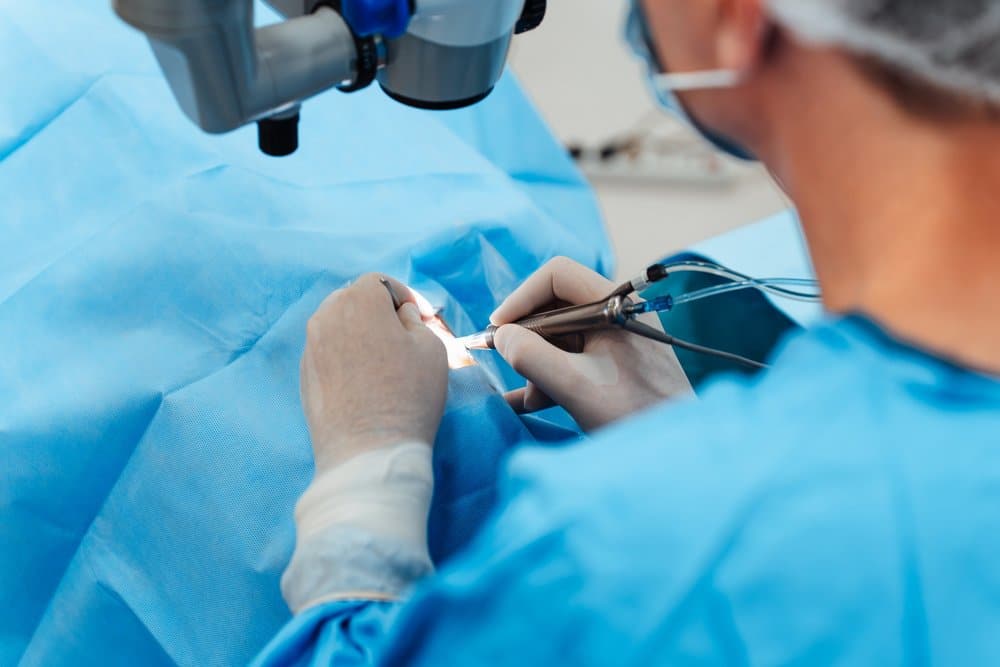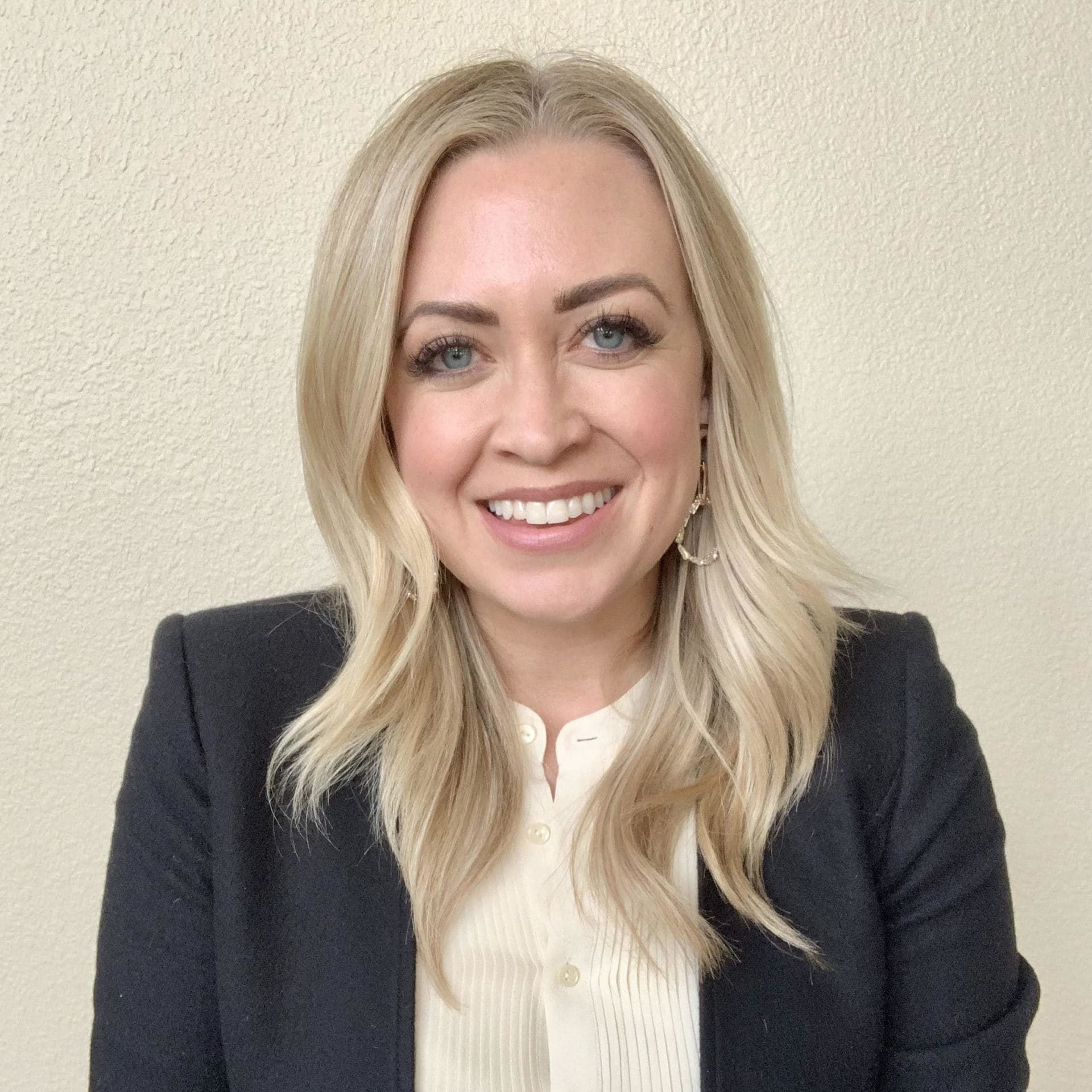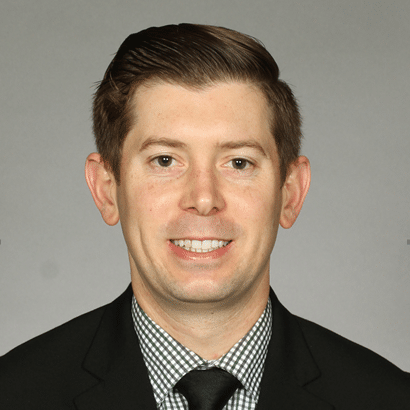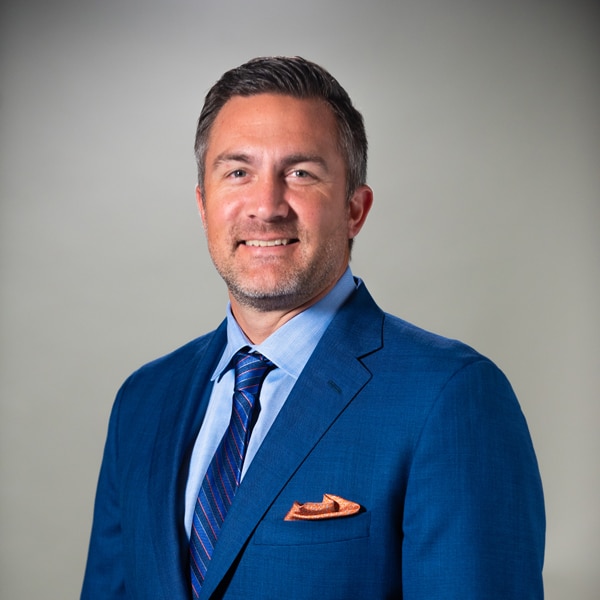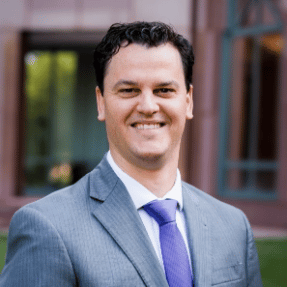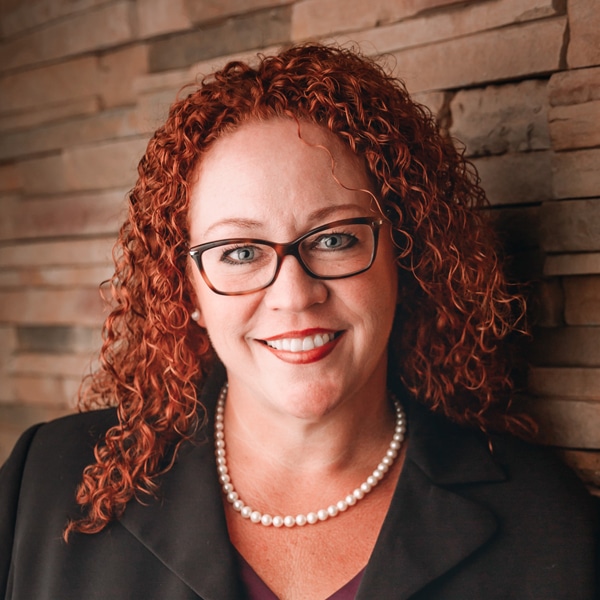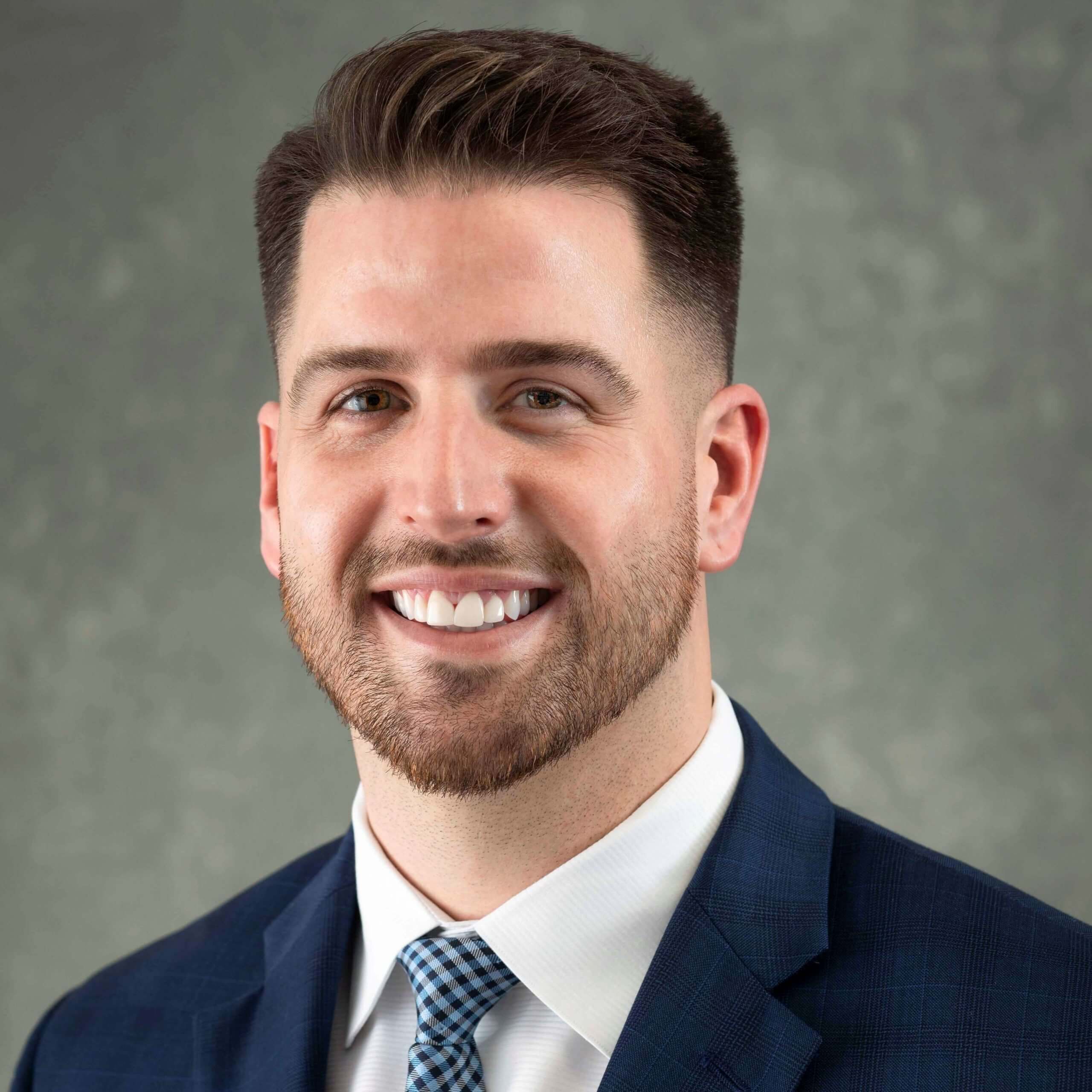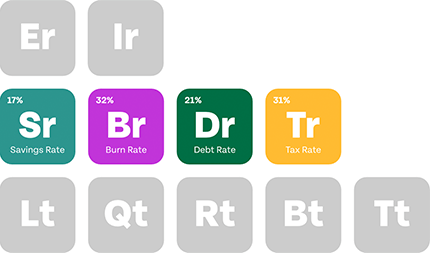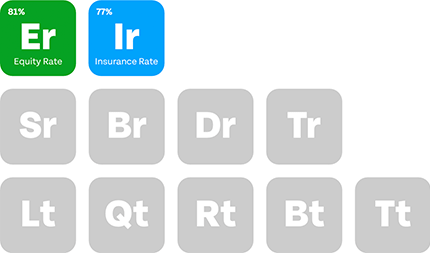Ophthalmology is a unique specialty where income is closely tied to surgical case volume. While factors like location, subspecialty, and employment setting all play a role, the number of procedures performed often has the most direct impact on overall earnings. Understanding how volume influences ophthalmologist earnings can help physicians identify opportunities to maximize income, whether in private practice or hospital employment.
Key Takeaways
- Volume strongly affects ophthalmologist earnings in private practice
- Hospital employment offers more stability but limits the potential for increased income from higher surgical volume.
- Specialization in high-volume subspecialties like cataract or LASIK surgery can amplify the effect of volume on earnings.
- Practice management is key to converting higher ophthalmology procedure volume into take-home pay
Table of Contents
The Effect of Volume on Ophthalmologist Earnings
The correlation between surgical case volume and income is most apparent for ophthalmologists. Each surgery brings in revenue, and providers who can perform more procedures often earn more. Physician compensation models in many private practices are built around patient and case volume, so increasing surgical counts is a direct way to grow ophthalmologist earnings.
In many eye surgeries like cataract surgery, LASIK, and refractive procedures, demand is high and growing, so volume can directly drive income growth. Procedures like cataract surgery are among the most common performed annually in the US. Since each procedure directly contributes to revenue, ophthalmologists with consistent case flow often have higher financial results. Practices that offer surgeries for which patients pay out-of-pocket are also able to generate even more income.
Volume In Private Practice: The Best Tool to Boost Ophthalmologist Earnings
Ophthalmologists working in private practice settings have the most control over surgical case volume. They set their schedules and may expand hours and patient intake to increase volume. The payment for each surgery directly increases their income, providing strong incentives to work at high volume.

The level of flexibility in a private practice comes with added requirements for operations. A practice at very high volume for eye surgery will need sufficient support staff, medical equipment, and clinical space to function well. Inadequate systems can lead to challenges in supporting both the provider and patient care as surgical numbers grow. Ophthalmologists at high volume often have systems for scheduling efficiency, patient flow, and surgical team performance to support high output.
This flexibility also comes with a cost in the form of overhead expenses. Staff salaries, medical supplies, rent, malpractice insurance, and admin costs are all considered overhead and must be paid before remaining revenue is counted as profit. For high-volume private practice ophthalmologists, the ability to effectively manage and reduce those costs matters a great deal in how much of the surgery payment they actually keep.
Hospital Employment: Stable Ophthalmologist Earnings with Limited Volume Bonus
Hospital-employed ophthalmologists often have less flexibility with scheduling and compensation. Most receive a flat salary in exchange for a set number of hours worked per week, which provides more stability in income but less opportunity for higher earnings with more surgeries. Some hospitals offer bonuses or incentives based on volume and productivity, but in general, the total payout is less than would be possible in private practice.
In addition, hospitals often have limits on the number of procedures an ophthalmologist can perform due to operating room availability and other administrative constraints. This places a ceiling on the income that can be earned by volume alone and may make it hard to significantly increase compensation with more surgical cases. Hospital ophthalmologists looking to increase income have other options, like seeking promotions or specialty recognition, which can lead to raises in compensation.
For some, these fixed and limited options are an attraction of hospital work. In return for less control over volume, the provider can often receive a salary that covers a predictable weekly work schedule and leaves little to manage outside of patient care. The hospital itself will cover the equipment, medical supply costs, staffing, and scheduling, simplifying the workload.
Ophthalmologist Specialties: Practice Where the Surgeries Are
The sub-specialty an ophthalmologist practices also factors into the relationship between volume and salary. Ophthalmologist subspecialties with a high proportion of surgical cases are often associated with higher income potential. The most common procedures in ophthalmology involve cataract surgery, LASIK, and other forms of refractive surgery. All three subspecialties tend to result in higher annual volumes of surgeries than general ophthalmology.
Retina specialists and those who focus on procedures like vitrectomy can also command higher income in some settings because these surgeries tend to have greater complexity and be more invasive for the patient. Retina specialists see high demand for surgeries from diseases like diabetic retinopathy and macular degeneration, which are both common in aging populations and may require repeat surgeries over time.
In a hospital setting, subspecialty can also help push the ophthalmologist earnings curve upward if the hospital has need and is willing to reward the doctor through raises or productivity bonuses.
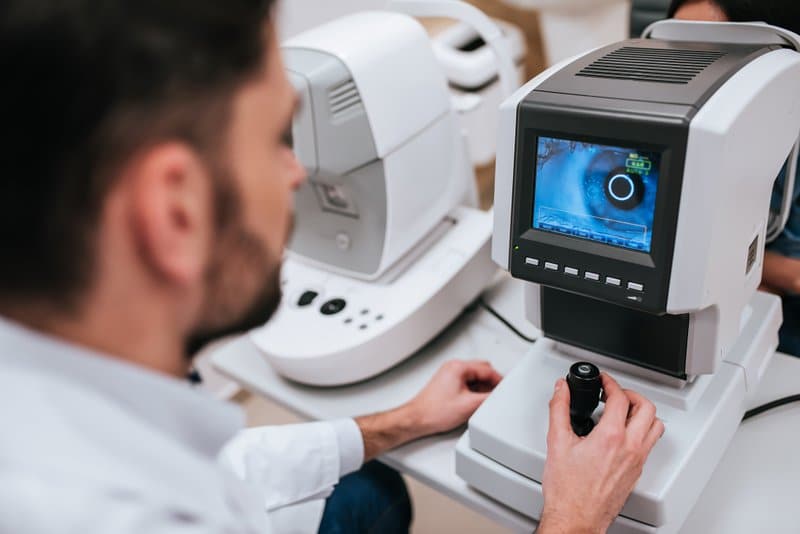
Making Volume Work for Your Ophthalmologist Earnings
No matter what setting or specialty, higher surgical volume requires additional steps to ensure that it results in a higher take-home earnings for the ophthalmologist. Private practice providers have to be effective with practice management to see additional surgeries translate into higher profits. This can include:
- Optimizing scheduling and staff efficiency to handle more patients with no increase in overhead costs.
- Streamlining office and clinical processes to minimize wasted time between surgeries or appointments.
- Using technology and telemedicine to shift some pre- and post-op appointments outside of the office.
Reducing overhead is also important. Since most of a private practice ophthalmologist’s expenses are fixed and do not vary with surgery counts, cutting overhead costs can mean more profit from each new procedure.
Ophthalmologists in hospital roles have fewer tools to impact their income through volume. Negotiating for better incentives, seeking more surgical shifts, and finding a subspecialty highly valued by the hospital can help them to better reward high surgical output.
The Bottom Line
Surgical volume is one of the main factors that affect an ophthalmologist’s salary. Practices that perform more surgeries can often bring in more revenue, so providers in private practice with a specialty that commands more cases have a strong foundation for income growth. The ability to directly control patient intake and work schedules to increase surgery volume gives private practitioners significant power to boost income. The same decisions also mean that a private practice provider has more financial and operational responsibilities that they must manage effectively to ensure that high volume means higher income over time.
Physicians Thrive can help ophthalmologists of all specialties, practice settings, and career stages understand how surgical volume impacts their current income and future earning potential. We provide contract and compensation reviews, along with long-term tax and financial planning, to help you stay focused on growing your practice and ophthalmologist earnings while making sure that your eye health care organization is working for you. Contact us to learn more.

